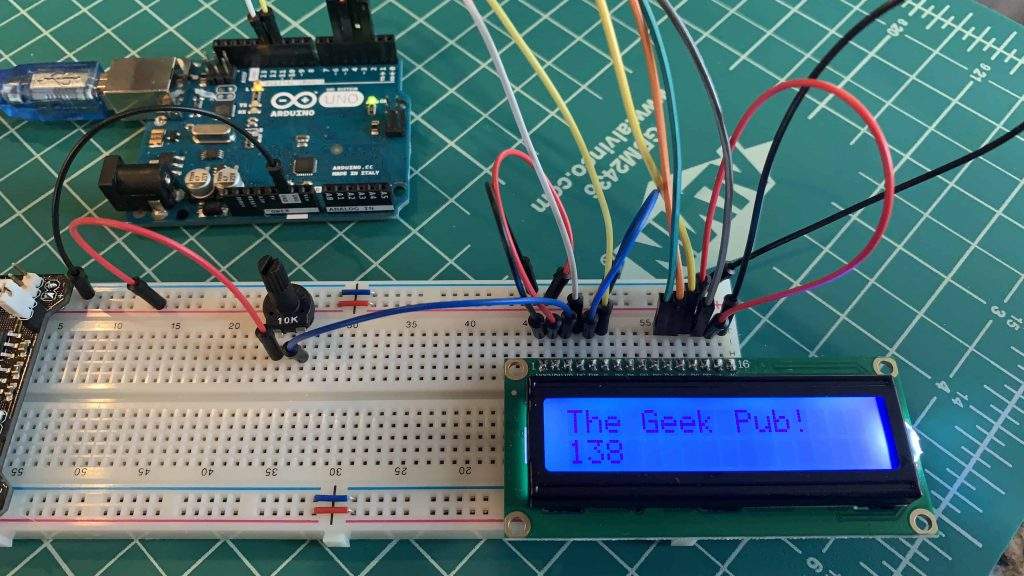
With such a large selection of products, it can be difficult to choose the best one for your project. Luckily, there are many different features available in an Arduino display, making it easier to decide which one you need without wasting time or money on something that doesn’t fit your needs. Here are just some of the features offered by the average Arduino display.
The Arduino Uno has 26 pins
14 digital pins, 6 analog input pins, and two reserved pins for I2C communication. These pins can be used to control many types of inputs and outputs. For example, you could connect your display using one or more output pins and control it with three or four input pins. Or you could use digital write/read functions to show text on your screen at a given location. In either case, it’s important to know what each pin does and how they’re meant to be used. Knowing which pin does what is necessary if you want to take full advantage of your Arduino display! Read on for a breakdown of some popular Arduino displays and their accompanying Arduino displays specs!
The Arduino Leonardo supports USB communication
With it, you can simply plug your Arduino into a computer and upload sketches to it. It also has in-built support for various other kinds of communication including serial, SPI, and I2C. You can use these methods to communicate with many kinds of devices like sensors and LCDs, among others. For example, if you have an Arduino board with a built-in Bluetooth chip, you could use your smartphone as a wireless serial port to receive input from and send output to other devices (including smartphones). An Arduino display is one such device that uses SPI or I2C for communication.
Using Hardware I/O Pins as Digital Outputs
To use hardware I/O pins as digital outputs, you need to use PWM (pulse-width modulation) mode. This is a great way to control brightness or analog output by turning a pin on and off very quickly—say from 0 to 255—and varying its on time. The Arduino function analogWrite() provides PWM for certain pins. You can also set a pin for PWM directly in your program code. In order to avoid conflict with other programs that might be running on your computer, however, it’s better to set pin modes with #define commands at the top of your program before any loop(). Even if you only have one device connected via USB, there can still be conflicts with other programs on your computer.
Arduino Shields Provide Analog to Digital Conversion
Arduino displays aren’t meant to be a stand-alone display. That is, you can’t plug it directly into your computer via USB. Instead, you must use a shield, which provides analog to digital conversion as well as USB support. The difference between an Arduino shield and a normal shield is that not all shields are designed for Arduino boards. Some are only compatible with specific Arduino models such as Adafruit’s DSI or Seeed Studio’s OLED Shield for STM32.
The Arduino Due is available with 64KB of Flash memory
12KB for bootloader and 52KB for sketch. It is based on a core with 168MHz, 32-bit ARM Cortex M3 CPU, also called Atmel SAM3X8E. On board you will find 54 digital input/output pins that can be used as PWM outputs and 12 analog inputs. All pins can provide 5V and 3.3V power supply to external modules. The board supports up to eight Serial connections using four SPI ports with chip select and interrupt lines configurable via software.